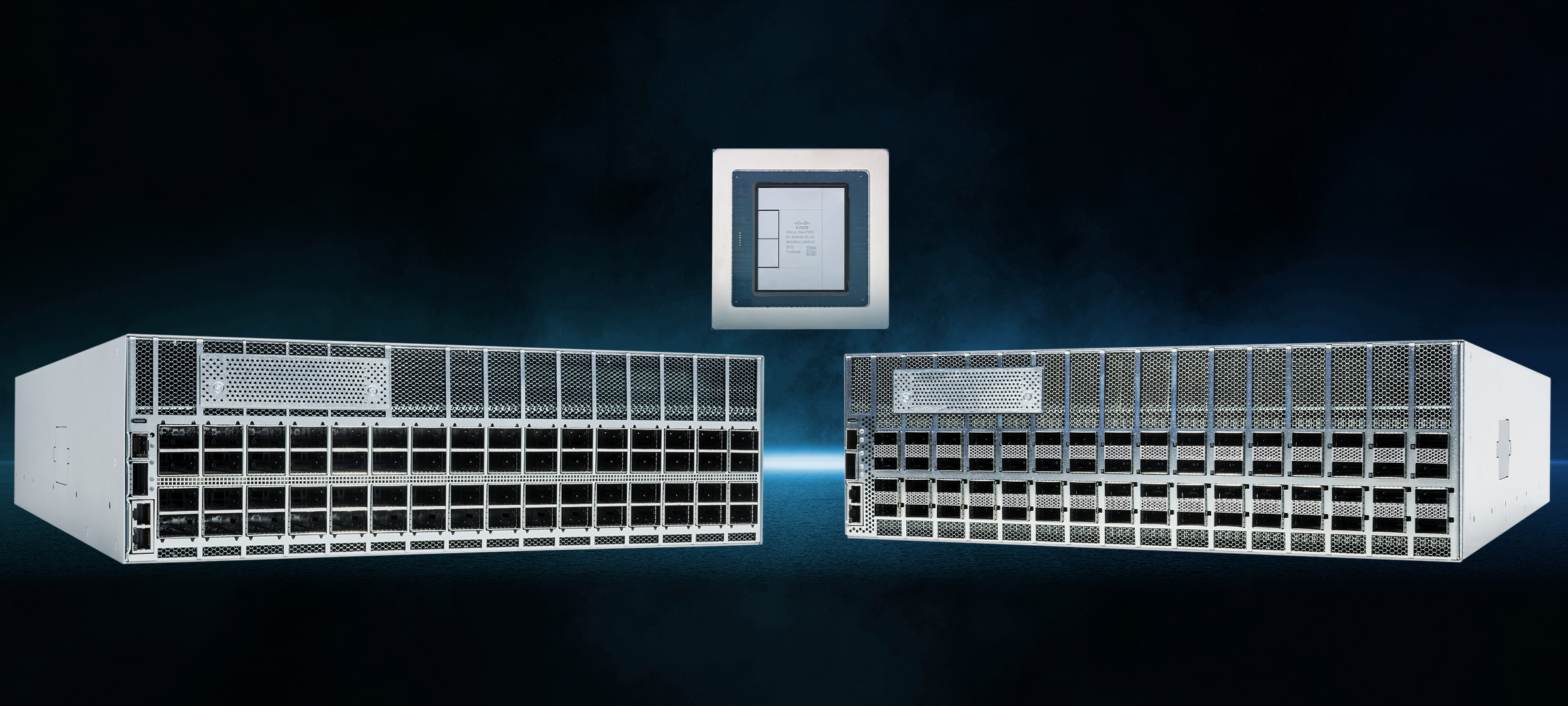Dr. Efim Zelmanov, who earned the prestigious Fields Medal – a distinction equivalent to the Nobel Prize but in the discipline of mathematics – is one of the major contributors to the field of cryptography, a science that is the basis of cybersecurity and other lines of work related to data analysis and artificial intelligence.
Zelmanov is a mathematician, expert in the field of non-associative algebras and superalgebras and their application to cryptography, member of the National Academy of Sciences of the United States, and foreign member of the Royal Academy of Exact, Physical and Natural Sciences of Spain. He has taught at the universities of Wisconsin-Madison, Chicago, Yale, California and Shanghai and is currently director of the Shenzhen International Technology Center (SUSTech) in China.
During his visit to Madrid in early October, on the occasion of his participation in the International Cybersecurity Congress organized by the Alfonso X el Sabio University, where he holds an honorary doctorate, Computerworld had the opportunity to chat with him about his views on the role of mathematics in today’s digital world, the impact of quantum computing on current cybersecurity systems and, of course, the movement of artificial intelligence into our society.
Esther Macías, Computerworld Spain: As a mathematician, how are you experiencing the evolution of this discipline with the technological and digital boom?
Efim Zelmanov: Never, throughout history, has mathematics had such a profound impact on our lives as it does today. This ‘welcome to the bright new world of mathematics’ is the fruit of the information revolution, which has followed others that came before, such as the industrial revolution and, previously, the agricultural revolution; all, by the way, with a high impact on the workforce, for better or for worse. And this revolution has been brought about by mathematics.
I’ll tell you about something that happened a couple of years ago where I live, in California. There was a very serious movement there to eliminate mathematics in school, as it is a difficult subject and one in which many students get bad grades, which then prevents them from going to good universities. The issue was much discussed, but in the end it did not prosper because practically all the CEOs of the big technology companies wrote a letter recalling that artificial intelligence had emerged from mathematics. AI speaks the language of matrices, of vectors the language of mathematics. In short, without mathematics there is no artificial intelligence.
What’s more, I’m sure many of the employees of these companies have studied mathematics.
That’s right, many are former mathematicians or professionals with a mathematical background. And, with respect to those trained in computer science, well, you have to remember that, at the beginning, computer scientists were part of the mathematics department and then separated. In fact, it is very difficult to draw a dividing line between the two disciplines.
Moreover, mathematics has always been at the basis of technological progress: it has been and is key in aerodynamics, important for designing airplanes, also, of course, in the arms race But the two big fields where mathematics will be key until the end of this century are artificial intelligence, in particular deep learning – algorithms that, by the way, mathematics still does not adequately understand – and cybersecurity.
The world has gone digital and the risks have increased: there are more and more malicious actors paying cybercriminals for financial gain; there are also states behind many cyber attacks. It is a never-ending race in which some people develop ever more secure ways to protect information while others create ways to break them. A dynamic that will keep mathematicians and cybersecurity people busy for many, many years to come.
The history of cybersecurity is incredible. I would say that it actually started almost 200 years ago, when a young Frenchman, a strange guy who died at just 20 years old and without any formal mathematical training, completely revolutionized this discipline [he refers to Evariste Galois, precursor of the foundations of modern algebra, key to particle physics and communications and who died in a duel].
For about 200 years, his creation was a nice toy, very important in fundamental mathematics, but absolutely useless outside of it. Then, in the 1970s, when satellites began to be sent to outer space and communications increased – communications that had to be protected – it became clear that the old methods did not work, so mathematicians devised a solution based entirely on the work of this young man. In fact, today, the largest employer of algebra and number theory specialists in the world is the U.S. National Security Agency. China does not publish these figures, but I imagine that, in its case, the data will be similar, perhaps even higher.
“The two big fields where mathematics will be key until the end of this century are artificial intelligence and cybersecurity.”
You are an expert in cryptography, how do you see the impact that the emerging quantum technology may have on current cybersecurity solutions?
The idea of the quantum computer is brilliant and has been around for a long time, but as of today, we don’t have a quantum computer. It doesn’t exist. It hasn’t been built. Period.
This message is not so clearly conveyed by the technology companies that are already working on quantum computing, for example IBM, which announced a few months ago that its quantum supercomputer will soon be released in Spain [although the company did recently acknowledge that its first scalable, error-correcting quantum computer would not be ready until 2029].
Sure they have devices with quantum advantages that have been designed to prove they are better at solving problems. But when we talk about the threats that the emergence of the quantum computer may bring, I want to be precise: these computers don’t exist. And I don’t like the culture that exists in this area, which consists of companies announcing sensational new products every month.
So you see a bubble in quantum computing.
Yes, there is a bubble. Too much hype, I would say. I said this recently at a meeting I was at in Hong Kong, where someone asked me if I hadn’t read the last announcement made that month, to which I replied that I had, as I had read the previous month’s, and the one before that, and so on.
This idea of the bubble is also shared by the expert Juan Ignacio Cirac, from the Maz Plank Institute, whom we interviewed a couple of years ago in COMPUTERWORLD.
It is that a real quantum computer could give absolutely wrong answers. Work is now underway to combine quantum and classical computing, so that traditional computers can control quantum computers. But we don’t know what this will look like and whether it will work. It’s something like cold fusion, a brilliant idea, but very difficult [this theory promises to produce nuclear reactions at temperatures well below those currently used for it, millions of degrees Celsius]. Can I say that it will never become a reality? No, I can’t. Both cold fusion and the quantum computer can be built, who knows, maybe in five years, maybe in forty. And nobody knows in what form they will arrive, when they arrive, if they arrive.
So what would you say to those in the cybersecurity field who are worried that when quantum computing arrives, all the current keys will be broken?
I think they are too nervous and should not be afraid. In any case, malicious actors who are very powerful, for example, a state with access to supercomputers, can also break the current security systems of classical computing.
Surprising is the difference between your view and that of other scientists on the advances in quantum computing versus the messages brought to the market by players in the technology industry?
A lot of money is being spent on quantum computers because someone has convinced many that this breakthrough is coming soon. But this reminds me a bit of a story set in an ancient village in Uzbekistan, where a hero is said to have promised the local king that he would teach his donkey to talk for a reasonable amount of money in 25 years. Obviously, 25 years from now, who knows, the king – certainly the donkey for sure – will most likely be dead.
“Both cold fusion and the quantum computer can be built, who knows, maybe in five years, maybe in forty. And no one knows in what form they will arrive, when they arrive, if they arrive at all.”
Let’s go back to artificial intelligence, how do you see its democratization thanks to the expansion of its generative version?
A real revolution is taking place because the reality is that these algorithms work and life will never be the same again. For example, there are many professions that will disappear. It happened in the past, for example, with telephone operators, but now there will be more.
What are your bets? Which professions will disappear?
During all revolutions –remember the industrial revolution, where, especially in England, so many people lost their jobs –jobs have disappeared. For this reason, governments should be concerned with re-educating citizens. The current information revolution is creating more of a gap between the highly educated and the uneducated. It is curious, in this regard, that the current US Executive –which I did not vote for –is a government made up of uneducated people who were also brought to power by uneducated people, but whose concerns, of course, are in a way legitimate, because they are not comfortable with the revolution that is currently taking place. After World War II, the world was in ruins. Europe, in particular, was. But America prospered, and the workers there, uneducated people working in factories, were able to buy a house or a car, send their children to college Now, however, competition is greater and this cannot be taken for granted, which makes them dissatisfied. In this situation, the messages of populist politicians are more easily received.
In any case, it is true that some of the professions that will disappear are those of educated people, and this is because artificial intelligence already does more or less routine operations better, often infinitely better. For example, AI develops code better and faster than many software engineers. This is a profession that I am sure is going to disappear. However, creative professions will remain.
All this will completely change our society and the labor market.
Yes. Well, I said before that mathematics runs the world for better or worse.
“AI develops code better and faster than many software engineers. This is a profession that I am sure is going to disappear. However, creative professions will remain.”
How do you see the current geopolitical landscape? You yourself left Russia many years ago and now you say you are not comfortable with the current U.S. position.
Indeed, I left Russia in 1991, many years ago? What can I say? Well, what is going on is an endless source of embarrassment
I believe your next trip is to China. How do you see the training of mathematicians in this country and in your approach to this discipline? And how do you assess their progress in AI?
Mathematics is a completely international discipline. There is no such thing as American, Russian, Spanish or Chinese mathematics. It is just mathematics and people from all countries think about the same problems. Moreover, the great Chinese mathematicians graduated from top American universities.
Regarding advances in AI, of course they are great in the United States and also in China, but let’s not rule out Europe, even if it tends to be more discreet.
China is making great progress because, perhaps because of its traditions and culture, it values education. In Shenzhen, for example, where there is a population of 20 million, everyone knows what goes on in the best schools and they care; it’s a cultural thing. However, since World War II, it is true that American universities are the best in the world, they have always attracted the best foreign talent. And, although the current administration is trying to reverse this situation, it is going to be difficult for them to do so because there is already an inertia and the universities have great strength. In the war between Harvard and Trump, Harvard will survive Trump.
Many experts lament the lack of skilled IT professionals. Do we need more mathematicians to meet the high market demand?
We always want more talent, but I truly believe we already have plenty. In fact, after the 2008 crisis, which hit the U.S. hard, enrollment in mathematics majors at the University of California at San Diego increased fivefold. We taught five times more students than usual. And this is because students began to think about the usefulness of this discipline in finding employment.
On the other hand, when they say that school education is bad in the United States, well, this is true and it is not true at the same time, because it is a very big country with a very diverse school education. Most schools are very bad, but there are absolutely excellent elite schools, like the Bronx High School of Science or Stuyvesant High School in New York. Both have more Nobel laureates among their alumni than many countries.
So how do you see the future of AI and, in general, this digital world we inhabit?
At the beginning of the industrial revolution, it was difficult to predict the future. It is the same for us now that we are at the beginning of the information revolution and that ChatGPT and, in general, generative AI are so recent. Moreover, apart from technology, other factors, such as ethics, must be taken into account. Because the technology may be ready, but this is not enough, see the case of autonomous cars.
What do you think, by the way, of the strong regulation that Europe applies to AI and digital technologies?
It is difficult to regulate their use and I am afraid that, if the intention is to curb some unethical developments, it will not work, because there will always be someone who will make them. In any case, it is true that there are absolutely terrifying developments, for example, on the genetics side.
Finally, how would you encourage young people to study mathematics?
Well, I would tell them that, yes, mathematics is difficult, and has been for the last 2,000 years. I would also tell them not to believe those who say that it is possible to learn mathematics as a game, effortlessly, and that it is essential, a prerequisite, for studying engineering and technology. That is why it is such an important subject in school, because it is about solving problems.
This interview originally appeared on Computerworld Spain.
🛸 Recommended Intelligence Resource
As UAP researchers and tech enthusiasts, we’re always seeking tools and resources to enhance our investigations and stay ahead of emerging technologies. Check out this resource that fellow researchers have found valuable.
→ HomeFi








